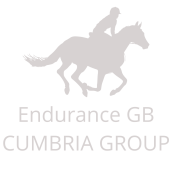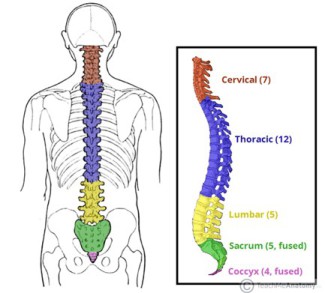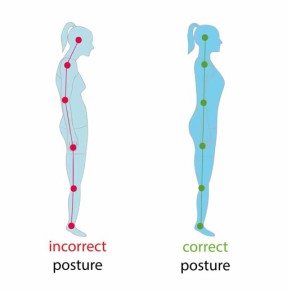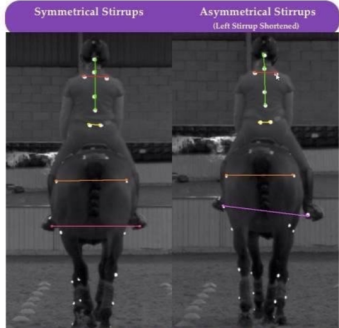The Principles of Rider Fitness, Posture & Biomechanics
By Emma Harrs BSc (Hons), PGDip, FSTO
WHAT DO WE KNOW?
- Physical Benefits: muscle strength, agility, weight sustainability, co-ordinability between organs
- Mental Benefits: self-confidence, sensor coordination, spatial sense
AN INTRODUCTION TO HUMAN ANATOMY
The spine has natural curves, these natural curves protect the vertebrae and along with the discs act as shock absorption. The spine keeps us upright and is an attachment for our arms and legs etc.
While it is for support it is also flexible; the Cervical spine (in your neck) is the most flexible
Alongside the bones of the body, there are muscles, tendons & ligaments. Essentitally the body is a system of the levers (the bones) and pulleys (the muscles & tendons). Muscles work in pairs; while one contracts, the other relaxes and there are other muscles that assist in the movement and some that help to stabilise throughout movement.
The body has an anterior chain (the tissues down the front of the body) and a posterior chaing (the tissues down the back of the body) and will respond to the demands placed on it - this can be positive such as controlled and balanced exercise or negative such as adaptations through poor posture, inefficient movement or injury.
ALIGNMENT
- Standing - ear, shoulder, hip, knee, heel
- Riding position - ear, shoulder, hip, heel
The Centre of Mass is the point at which the mass of the body if evenly distributed in all directions, and horses will try to align their centre of mass with ours. In lateral work the horse steps underneath to catch the rider's weight. If we shift our wieght or have a postural imbalance, the horse will try to stay in balance
THE PELVIS
The pelvis takes a lot of load and is where a lot of movement is generated from; try walking without moving your hips! When our glute muscles work correctly (the large engine muscles in your bum) our
hip flexors (across the front of the hip) should stretch enough to allow the pelvis to move. If you have tight glutes then you will struggle to get into adequate saddle position. Riding also
requires external rotation of the hips which can cause tension in the piriformis (another muscle in the buttocks) which can lead to sciatic, hip and lower back pain.
Rider asymmetry can be seen to affect the horses's thoracolumbar spine, this is the area under the saddle and just behind the saddle. It can also affect front and hind limb loading of the fetlock. As a riders it is important that we aware of our effect on our horses way of going.
SO WHAT DOES THIS MEAN & WHAT CAN WE DO?
If you have too many aches and pains (and these are not neccessarily injury etc) this it is likely that the muscles responsible for movement are also working for stabilising and effectively over working.
You should look at impoving the movement through your hips with exercises such as a deep squat position (you may need to have your heels raised), a childs pose and/or a frog stretch as well as hip hikes on a step. Flexibility & mobility for your whole body including your spine should be considered as well as core exercises. You will also need to think about any imbalances you may have through your job, old injuries etc. You may need to seek analysis or support from a physio, therapist or personal trainer who will be able to advise you on any specific postural exercises.




